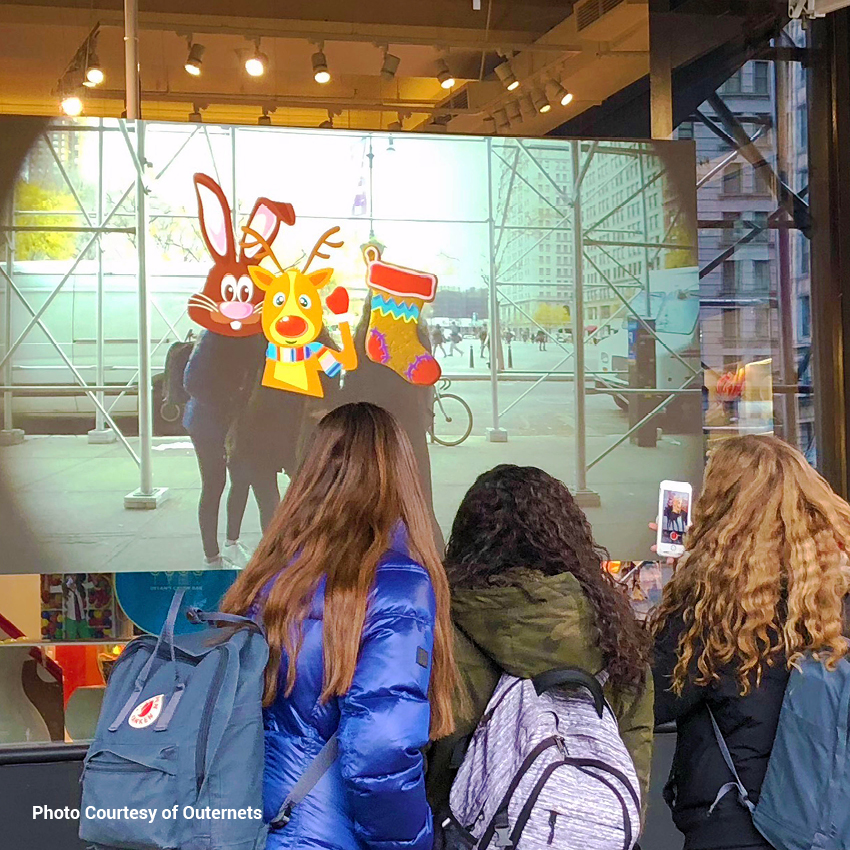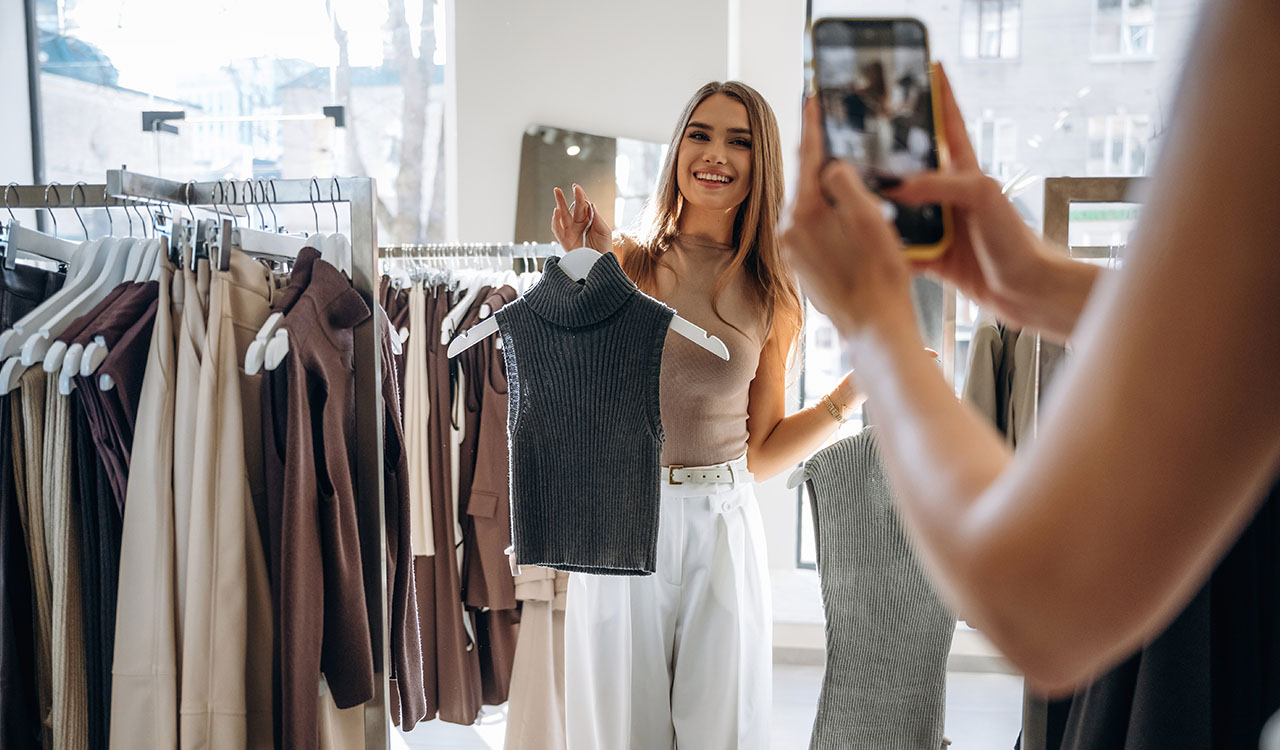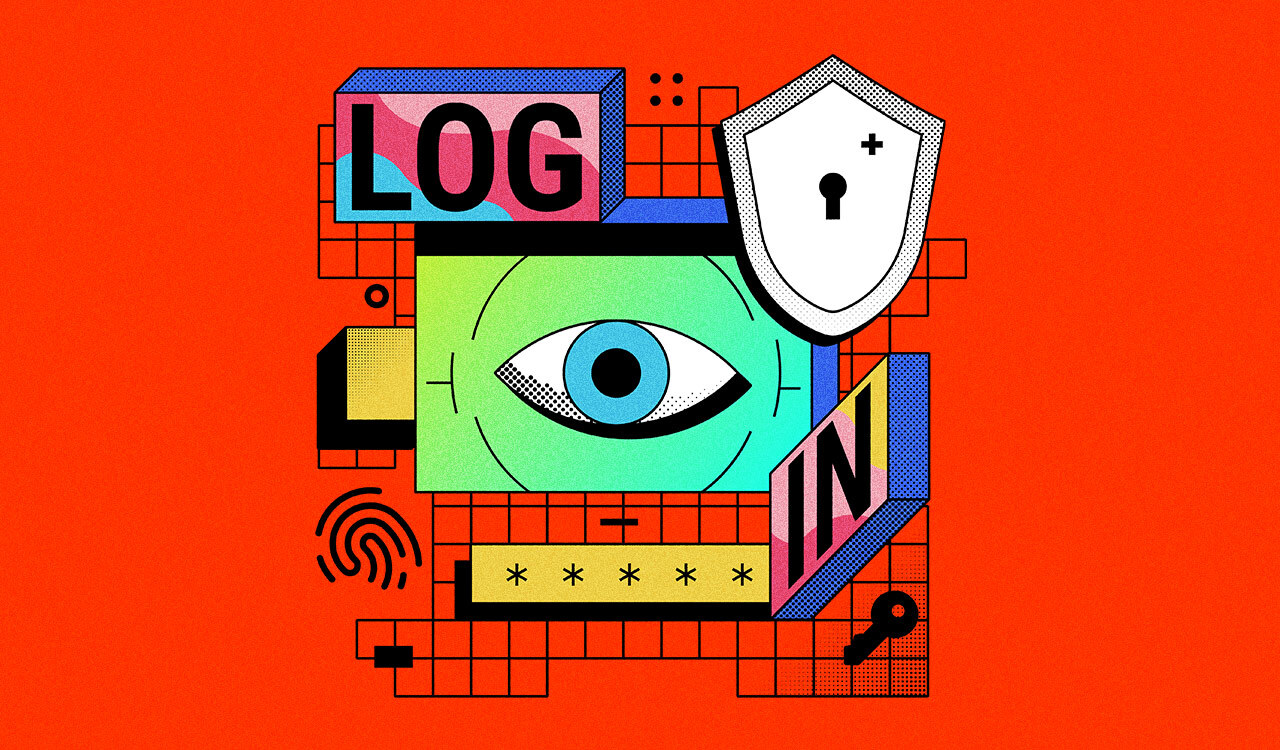Many of the newly launched retail experience formats we celebrated at the beginning of 2020 have been shuttered by the pandemic, leaving the industry to question how to deliver experiences that align with consumers\’ Covid-19 evoked emotions. With social gatherings off the table for now, how can brands, retailers and mall operators respond to desired social connections in a no-touch world?
The Consumer Mindset
Navigating the global health crisis \”stay at home\” directive has been extremely stressful, especially for those in urban areas. Initial panic buying demonstrated consumers\’ fear of the unknown. This of course led to out-of-stocks of essentials, which was incrementally alarming and frustrating to shoppers. Then came the financial fears.
Just looking at the U.S. Covid timeline, we saw job losses beginning to rise sharply mid-March. By April and into May, consumers were cutting back, postponing purchases and buying for the near-term. Spending that had been trending up for the past five years on experiential categories such restaurants, concerts and travel came to a screeching halt.
Consumer adoption of online purchasing accelerated beyond what any analyst had predicted. The industry has seen rapid growth both in home deliveries and click and collect. However, mission-driven shopping often leaves experience behind.
Reimagining Experience
During this pandemic, many retailers who have shown tremendous agility were able to pivot to meet consumer\’s fundamental requirements. The next stage is to reimagine the experience proposition. To begin this process, it\’s important to revisit shoppers\’ needs and wants. Right now, shoppers need a sense of safety. They need to know what policies are in place to keep stores safe — including the requirements for other shoppers entering the store. (How many of us have observed both shoppers and employees ignore the basic protocols such as arrows marking one-way aisles?) The anxiety many shoppers have in situations they can\’t control leaves them frustrated. Often, they can\’t really explore the merchandise as they lose patience darting and dashing past other shoppers. Retailers now need to give shoppers a new experience that aligns with their Covid-19 induced emotions.
It’s time to think of physical retail as a tech-savvy combination of out-of-home media and interactive shopping platforms.
Safety and Convenience
Consumers who brave shopping in the real world often fight for their parking spot and stand in line outside the store until there is room for them to get in. We all saw the photos last spring of lines wrapped around stores like Costco, where people were separated six feet with their shopping carts. While we see shoppers returning, we may well be due for another Covid-19 setback. When temperatures fall and when the snow hits, the industry in colder regions must rethink the total experience of shopping.
With geo-location tools already in use today, shoppers can be easily identified as they reach proximity of a store. As they enter a retailer\’s parking lot, they should immediately be assigned a number to enter the store. Once parked, shoppers could use a combination of voice and visual devices from their car to build their baskets with their typical replenishment items. This could also be done online in advance from home. The retailer could be fulfilling the order, allowing the shopper to allocate the time they spend in store to explore more aspirational merchandise.
In this scenario, the investment in proximity shopping capabilities delivers on experience by reducing anxiety and freeing shoppers to spend their time in a discovery mode, versus a mission mode. This in turn leads to higher margin purchases.
Experience Capital
The urgency to deliver better experience has never been greater. For the past five years, Kantar\’s BrandZ valuation has reported that brands with \”High Experience Capital\” scores were directly linked to more value growth than those with \”Medium Experience Capital\” scores. Those businesses with \”Low Experience Capital\” scores actually declined in value over the same period.
To bring experience back into retail, technology is a means of both facilitating safe transactions and inspiring shoppers with imagery and engagement. Over the past five years, successful retailers accomplished the latter with a mix of pop-ups, events, and social media initiatives that brought \”social\” to shopping in many forms.
Bridging Virtual and Real
Now that we have to keep social at home for the time being, we have to reimagine how to bridge online with the physical. How do we look at store fronts as interactive shopping surfaces that both bring brands to life at the perimeter and capture data? It\’s time to think of physical retail as a tech-savvy combination of out-of-home media and interactive shopping platforms.
AI-powered customer engagement tools can merge physical and digital space to close the gap between online to offline, and identify new ways to engage shoppers, get to know them, and facilitate transactions using tech solutions incorporating facial recognition and voice.
These innovations allow retailers and brands to leap-frog their current format constrictions and respond to consumers\’ adoption of new tech-enabled shopping rituals.
Content Platforms
Curating content that helps shoppers accomplish their goals is another innovation to reframe a retail experience. While in isolation, many consumers tackled home improvement projects — from their closets to enhanced outdoor living spaces. People aspired to learn how to cook new dishes and learn new things. On social media we saw Pinterest boards on how to celebrate Easter and graduations at home. Retailers can provide inspiration that elevates their relationship with shoppers by creating trusted content that provides personalized experiences.
Seamless Transactions
As shoppers accelerated their use of mobile platforms, online purchasing and touchless payments they demand that these tools work seamlessly together. New forms of access to goods and the connection of physical and digital experiences will continue to evolve and scale. Shoppers will expect more from every touch point leading to purchase. They will also think differently about shopping for everyday replenishment items versus inspiring, tactile products — be it food, lifestyle or fashion. Shoppers won\’t want to navigate aisles of product that can be fulfilled weekly or monthly. Retailers need to invest in personalization, inspiration and experiences that humanize a Store of the Future that is more automated and safer. The design and implementation of enhanced experience in the current/post-Covid-19 environment will be a key competitive edge. If retailers aren\’t activating these innovations now, they will be left in the wake of the pandemic.





